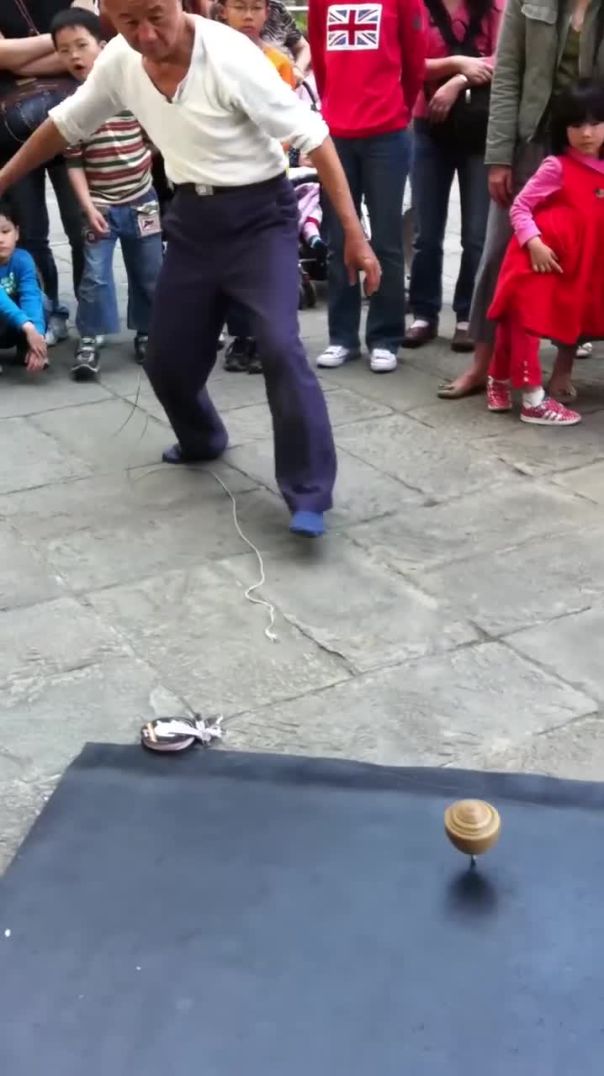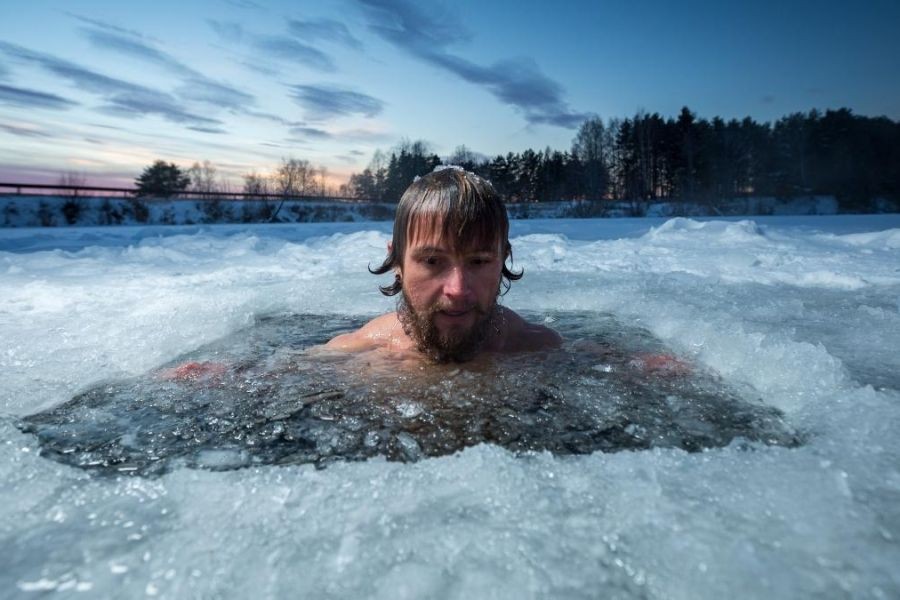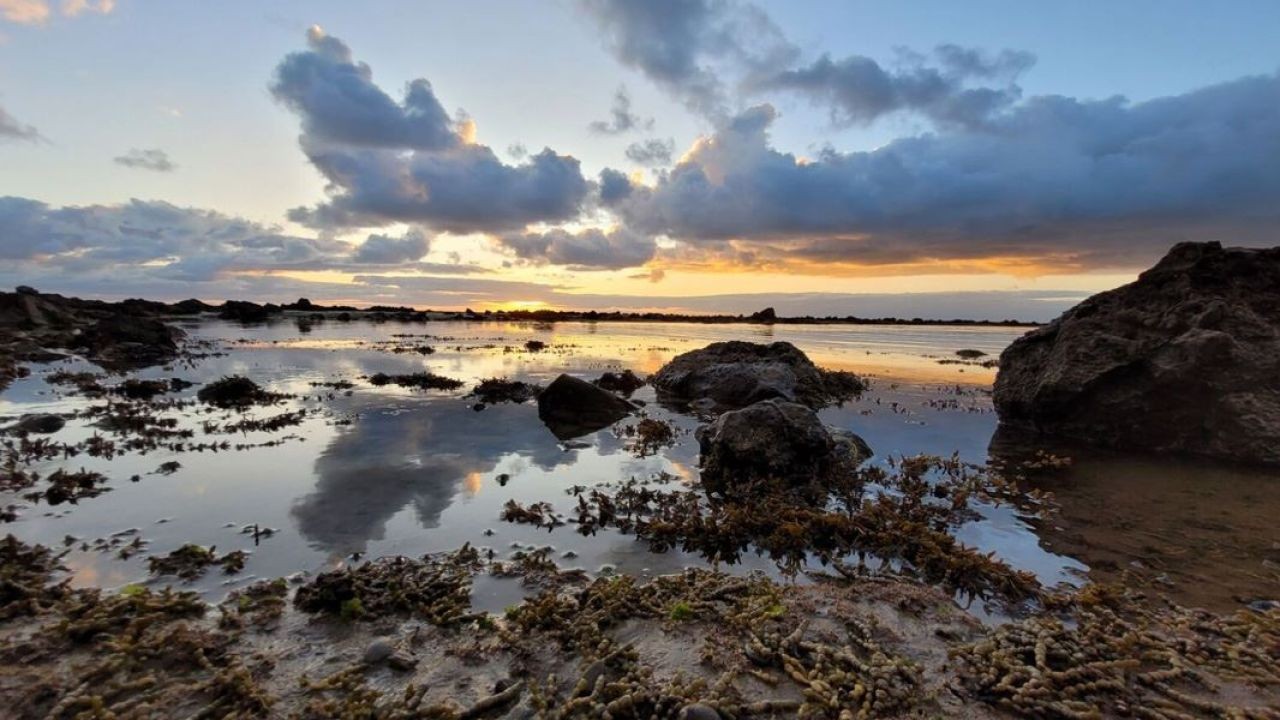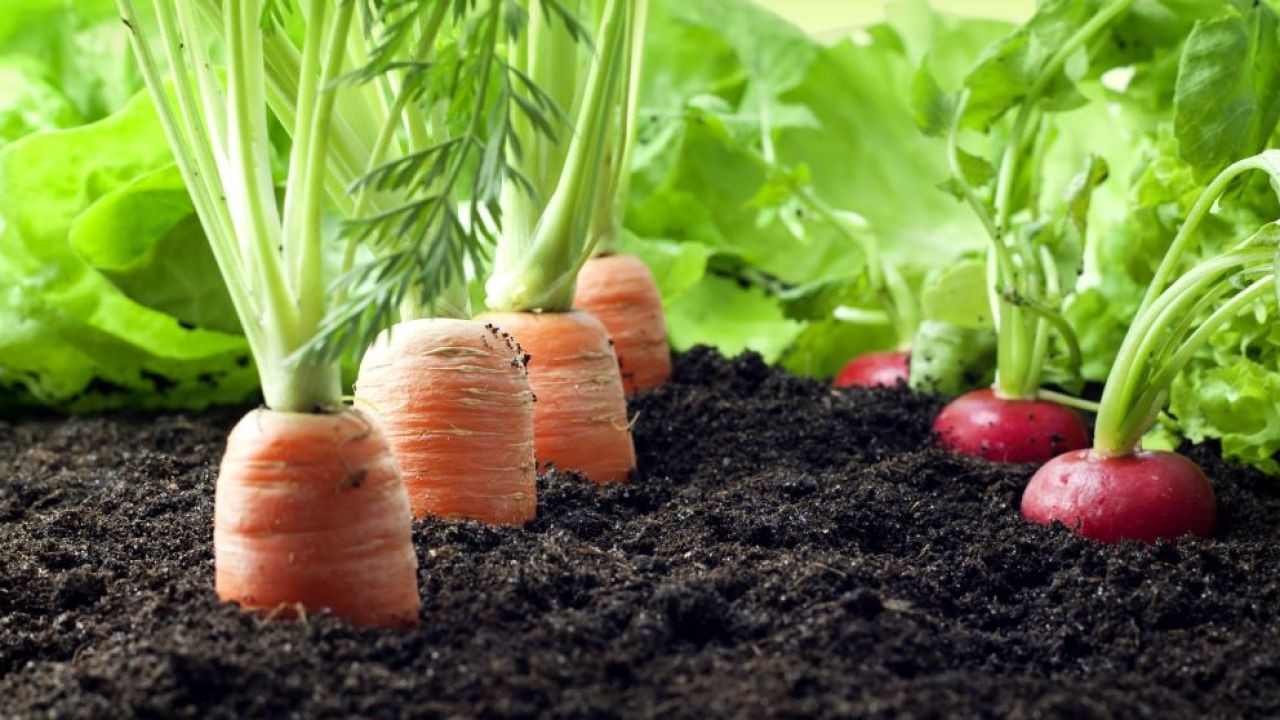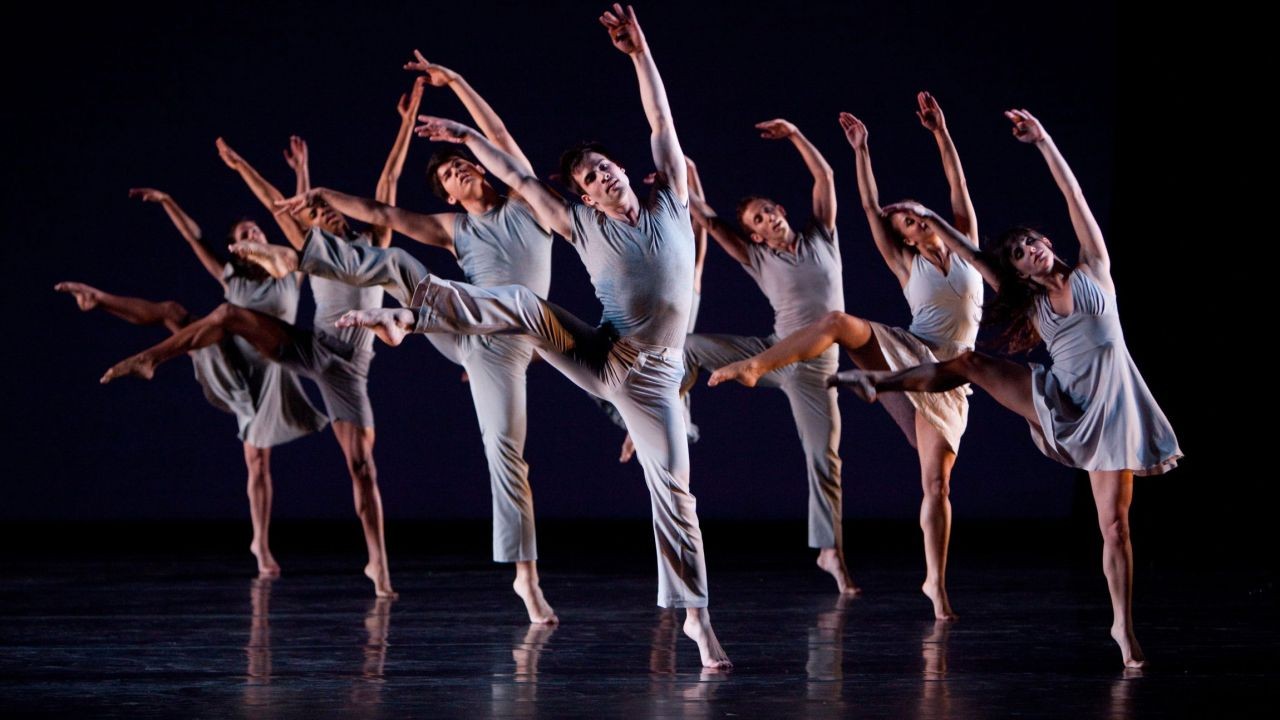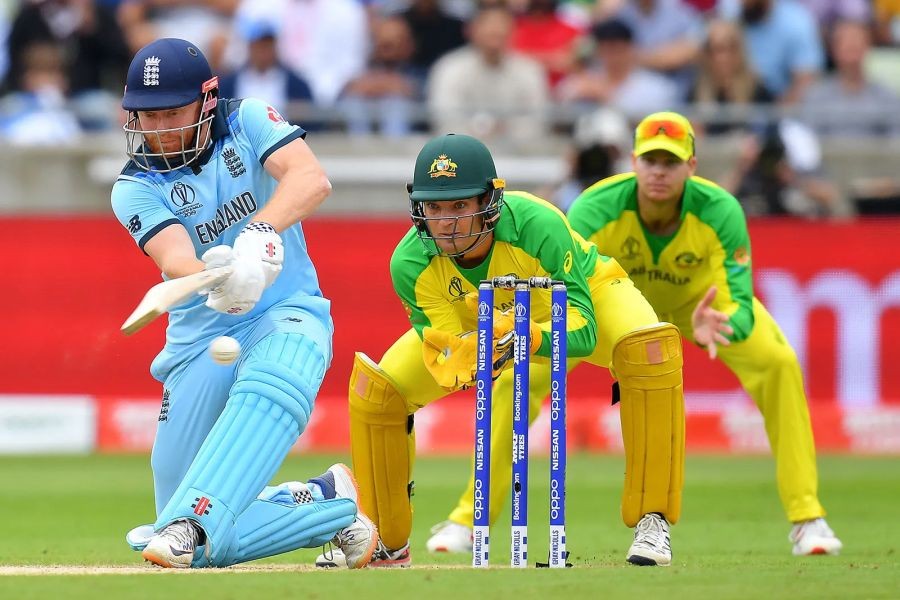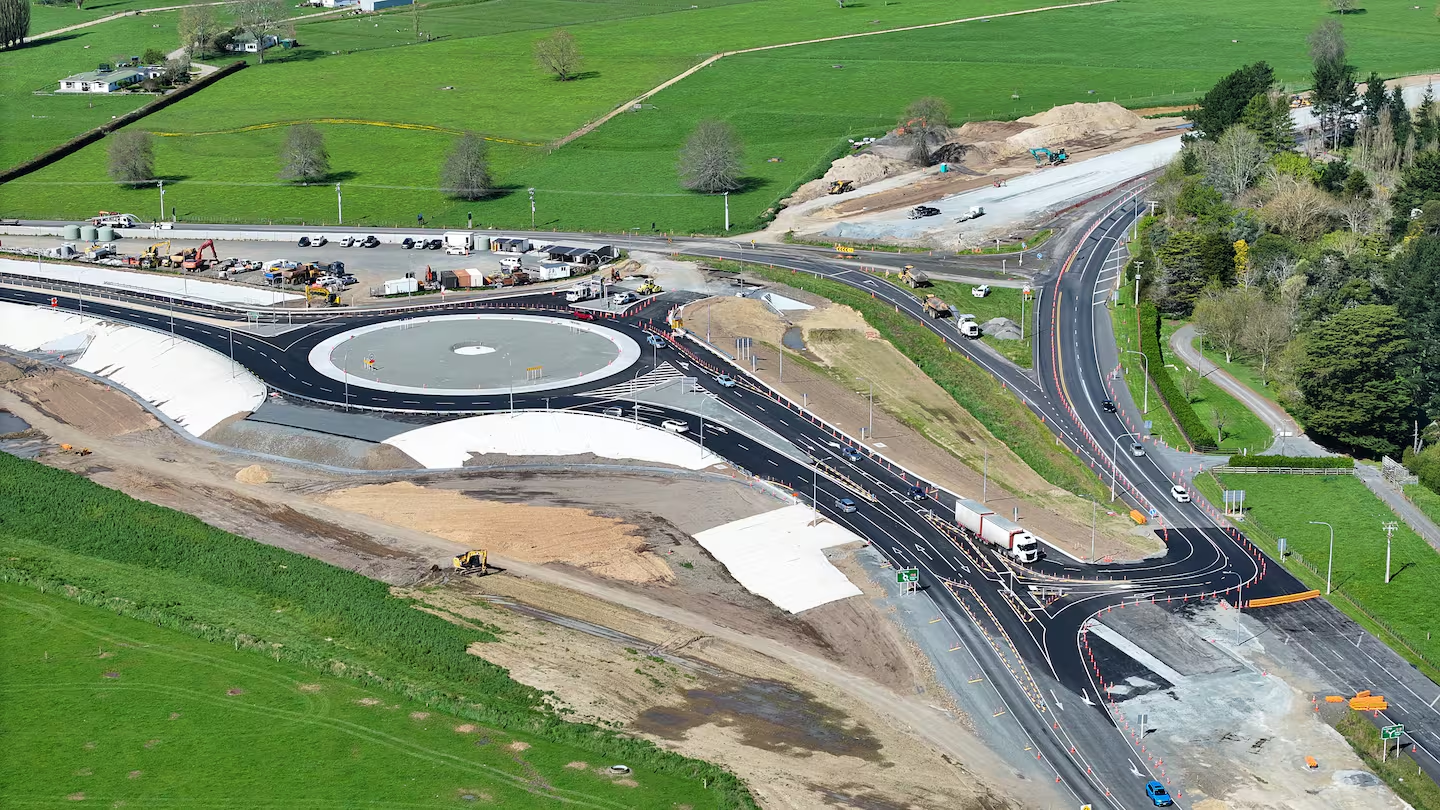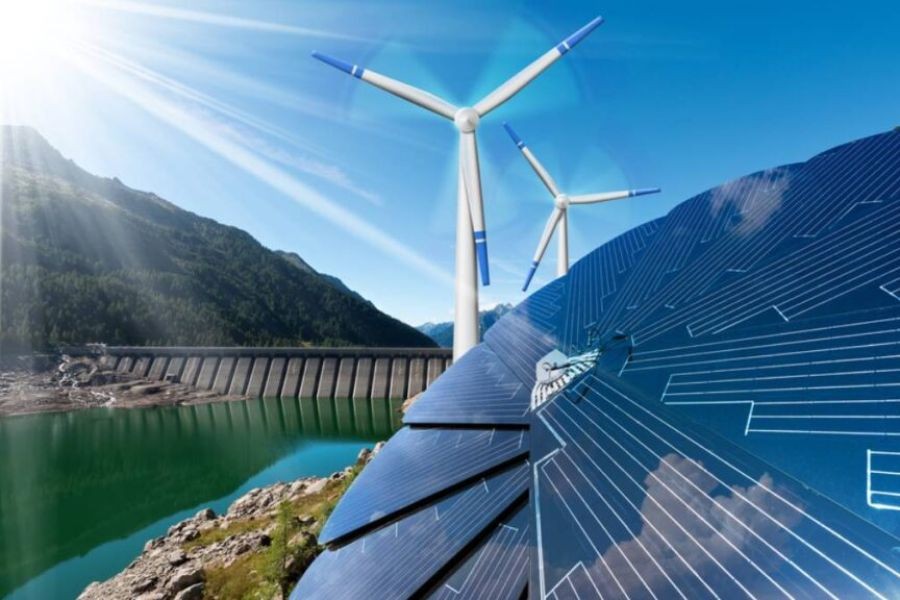In recent years, the practice of using ice baths for muscle recovery has gained popularity among athletes and fitness enthusiasts alike. However, the benefits of ice baths may not be as significant as once believed. In Australia, where sports culture is deeply embedded in the national identity, understanding the effectiveness of recovery methods is crucial. As we delve into the topic, we'll explore why ice baths might be overrated for muscle recovery and examine alternative approaches that align with both personal and environmental well-being.
Understanding Ice Baths and Their Popularity
Ice baths, also known as cold water immersion, involve submerging the body in cold water—typically between 10 to 15 degrees Celsius—for short periods. The theory behind ice baths is that cold exposure reduces muscle soreness and inflammation after intense exercise. This practice has become especially prevalent in Australia due to the country's active sports culture and the pursuit of optimal athletic performance.
The Science Behind Ice Baths: A Closer Look
While the cooling effect of ice baths is believed to constrict blood vessels and reduce swelling, scientific evidence supporting their efficacy is mixed. A 2015 study published in the Journal of Physiology found that ice baths might actually impede muscle growth and strength gains by interfering with the body's natural inflammatory response, which is essential for muscle repair. This suggests that the practice might not be as beneficial as previously thought, particularly for athletes aiming to enhance performance.
Environmental Considerations: Water Usage and Energy Consumption
Ice baths not only bring into question their effectiveness but also raise environmental concerns. In Australia, where water conservation is a critical issue, the need to fill bathtubs with cold water and ice can significantly contribute to water waste. Moreover, the energy required to produce and maintain the ice adds to the carbon footprint, highlighting a need for more sustainable recovery practices.
Australia’s Environmental Policies and Ice Bath Practices
Australia's commitment to reducing environmental impact is evident in various policies, such as the National Water Initiative, which promotes sustainable water management. The pressure to adopt eco-friendly practices extends to sports facilities and individuals, urging a reevaluation of traditional recovery methods like ice baths that may conflict with sustainability goals.
Alternative Recovery Methods: Evidence and Insights
Given the concerns surrounding ice baths, athletes and fitness enthusiasts in Australia may benefit from exploring alternative recovery methods. These include:
- Active Recovery: Engaging in low-intensity exercises, such as walking or cycling, can help maintain blood flow and accelerate recovery without the environmental impact of ice baths.
- Compression Garments: Wearing compression clothing has been shown to reduce muscle soreness and swelling, providing a practical and eco-friendly alternative.
- Hydrotherapy: Utilizing warm water to relax muscles and enhance circulation can be an effective recovery strategy while conserving resources compared to maintaining cold water baths.
Expert Insights: The Evolving Understanding of Recovery
Dr. Jane Smith, a renowned sports scientist at the University of Sydney, emphasizes the importance of individualized recovery strategies. "While traditional methods like ice baths have their place, it's crucial to tailor recovery to the individual's needs and environmental considerations," she notes. Her research suggests that adopting a more holistic approach can lead to better outcomes both physically and environmentally.
Case Study: Australian Football League (AFL) and Recovery Innovations
The Australian Football League (AFL) has been proactive in redefining recovery practices. Recognizing the limitations and environmental impact of ice baths, several teams have integrated alternative methods such as cryotherapy and personalized recovery programs. These innovations not only enhance player performance but also align with the league's sustainability initiatives.
For instance, the Sydney Swans have implemented cryotherapy chambers, which use significantly less water and energy compared to traditional ice baths. Players report similar or improved recovery outcomes, highlighting the potential for widespread adoption of these practices.
Debunking Common Myths About Ice Baths
As the conversation around muscle recovery evolves, it's essential to address some prevalent misconceptions:
- Myth: Ice baths are the best way to prevent muscle soreness. Reality: Research indicates that other methods, like active recovery and compression, are equally or more effective.
- Myth: Longer ice baths yield better results. Reality: Prolonged exposure to cold can lead to adverse effects, such as prolonged muscle stiffness.
- Myth: Ice baths are necessary for all athletes. Reality: Recovery needs vary greatly among individuals, and not everyone benefits from cold immersion.
Biggest Mistakes to Avoid
- ❌ Over-reliance on ice baths: Ignoring other recovery methods can limit overall performance improvements. Solution: Incorporate diverse recovery strategies.
- ❌ Ignoring environmental impact: Excessive water and energy use contradict sustainable practices. Solution: Opt for eco-friendly recovery options.
- ❌ Neglecting personalized recovery: Applying a one-size-fits-all approach can hinder individual progress. Solution: Tailor recovery methods to personal needs and activity levels.
Future of Muscle Recovery in Australia
The future of muscle recovery in Australia is likely to focus on sustainable, evidence-based practices. As technology advances, methods like cryotherapy and wearable recovery devices will become more accessible and environmentally friendly. Furthermore, Australia's sports industry is expected to lead global efforts in integrating science and sustainability into athletic performance.
According to a report by CSIRO, the Australian sports sector is poised to embrace innovations that prioritize both athlete health and ecological impact, setting new standards for recovery practices worldwide.
Conclusion: Rethinking Recovery
As we reconsider the role of ice baths in muscle recovery, it becomes clear that alternative methods offer viable and sustainable options. By embracing a holistic approach and prioritizing environmental considerations, athletes and enthusiasts in Australia can achieve optimal recovery without compromising ecological responsibility. The key takeaway is to remain open to evolving practices that align with both personal and environmental goals.
What are your thoughts on the future of muscle recovery? Share your insights and experiences in the comments below!
People Also Ask (FAQ)
How do ice baths affect athletic performance in Australia?While ice baths are popular, studies suggest they may not significantly improve performance. Alternatives like active recovery are gaining traction.
What are the environmental impacts of ice baths in Australia?Ice baths contribute to water waste and energy consumption, conflicting with Australia's sustainability goals.
Related Search Queries
- Ice baths muscle recovery effectiveness
- Eco-friendly muscle recovery methods
- Alternatives to ice baths for athletes
- Environmental impact of cold water immersion
- Sports recovery innovations in Australia





